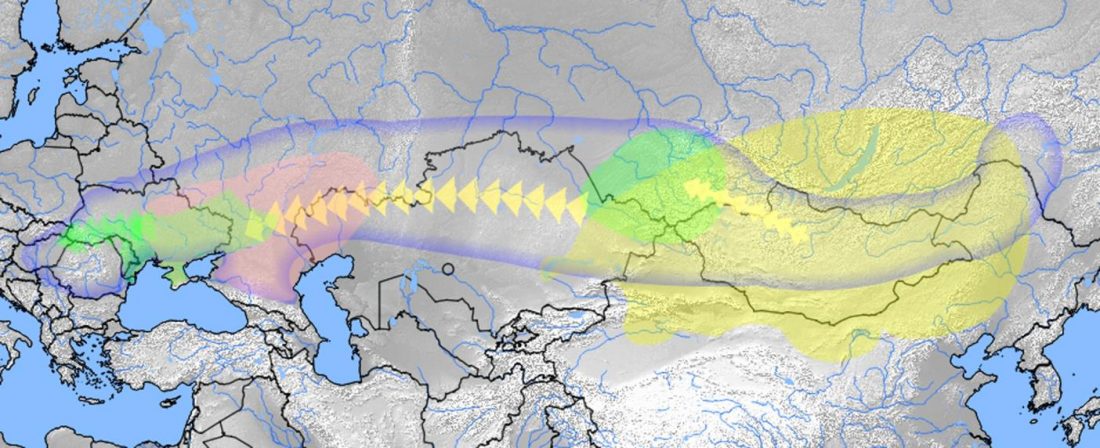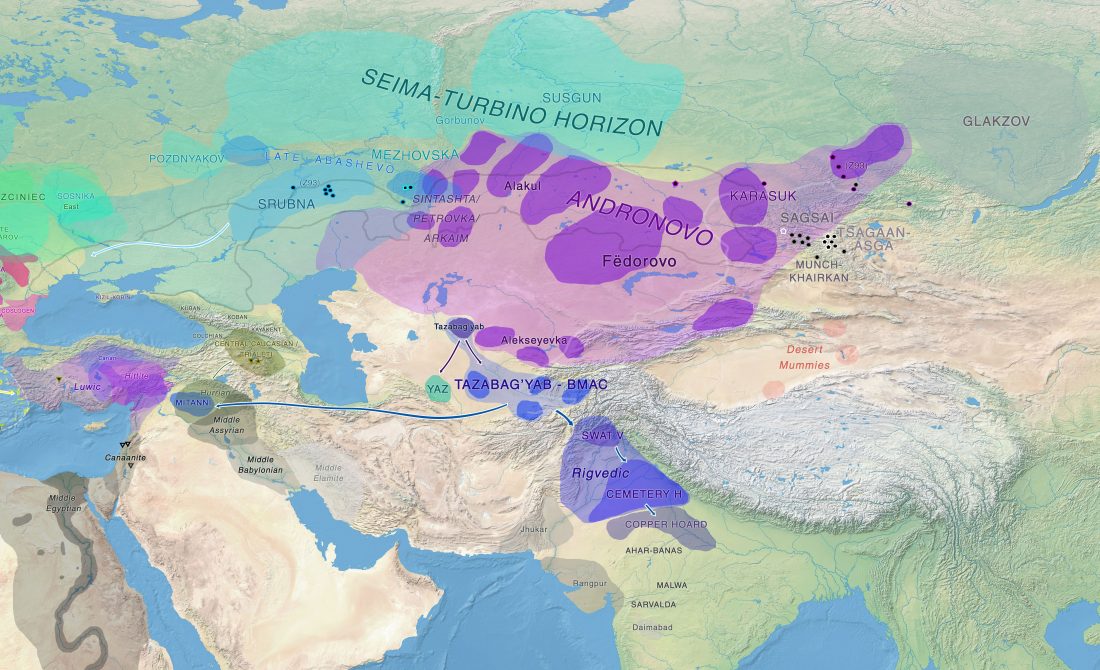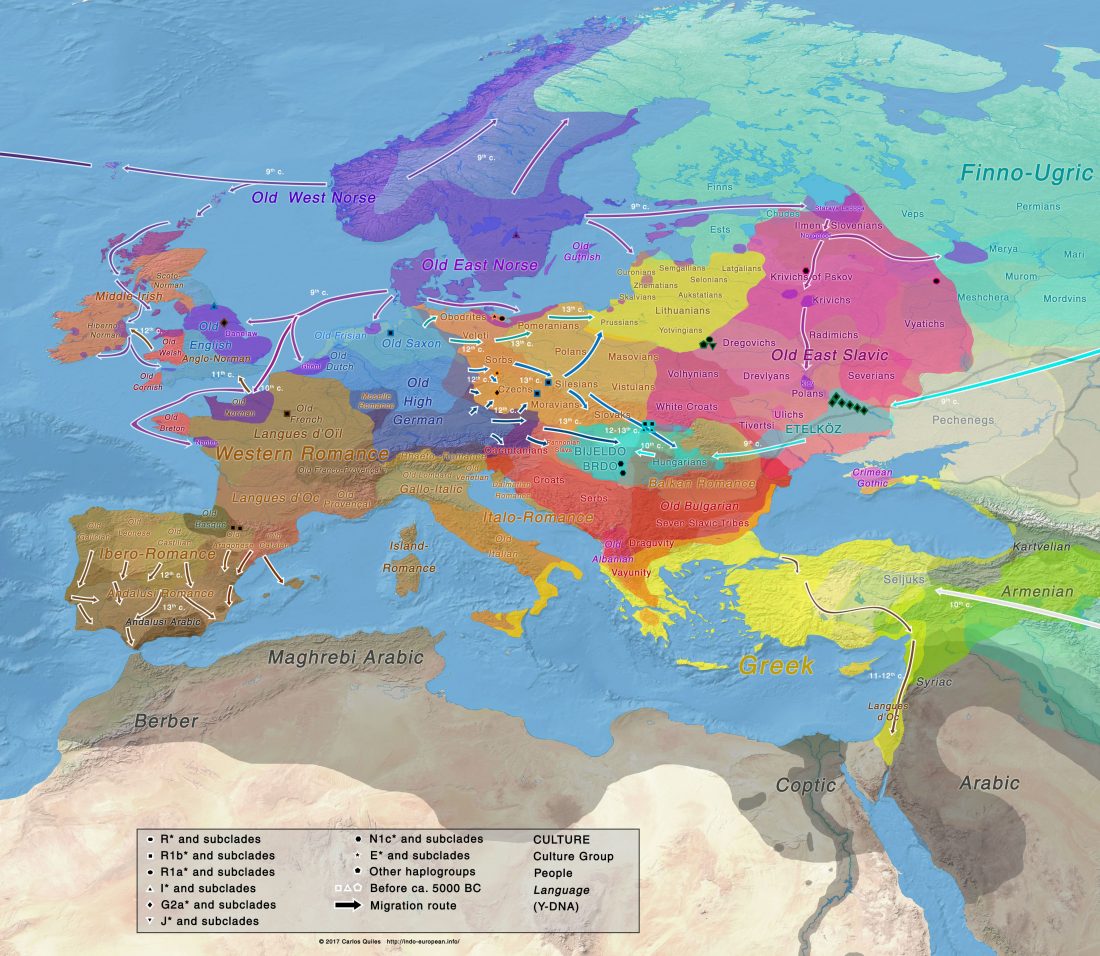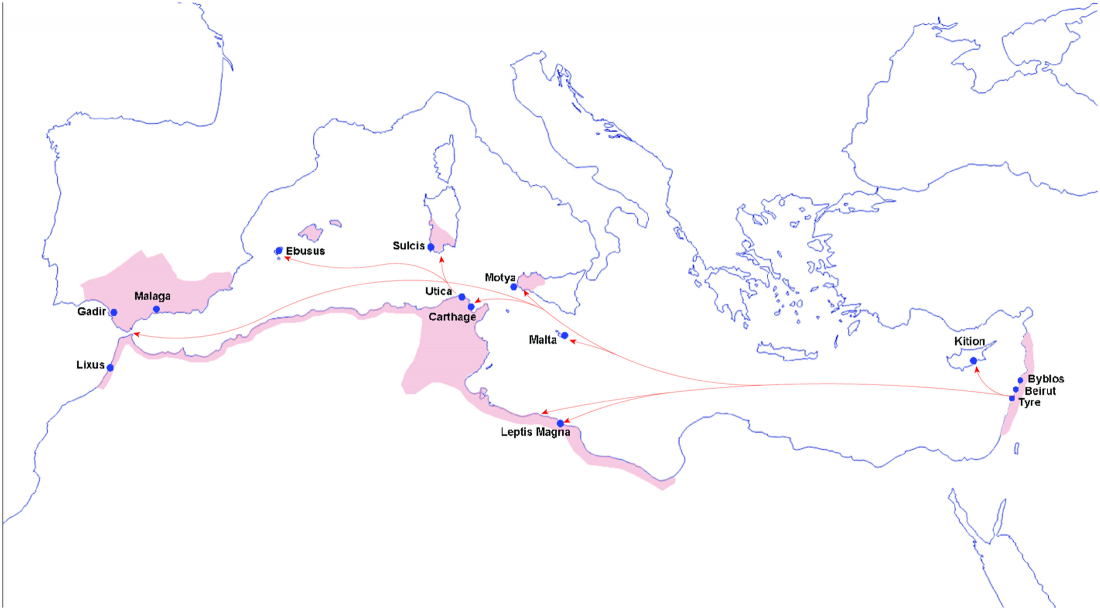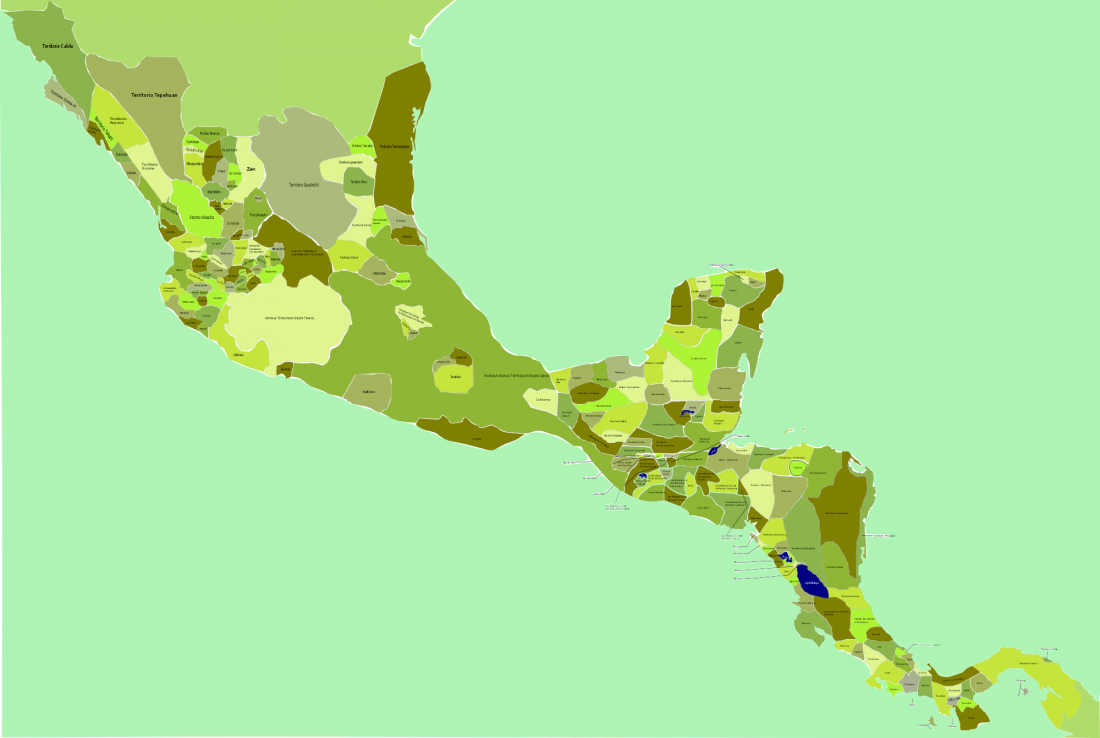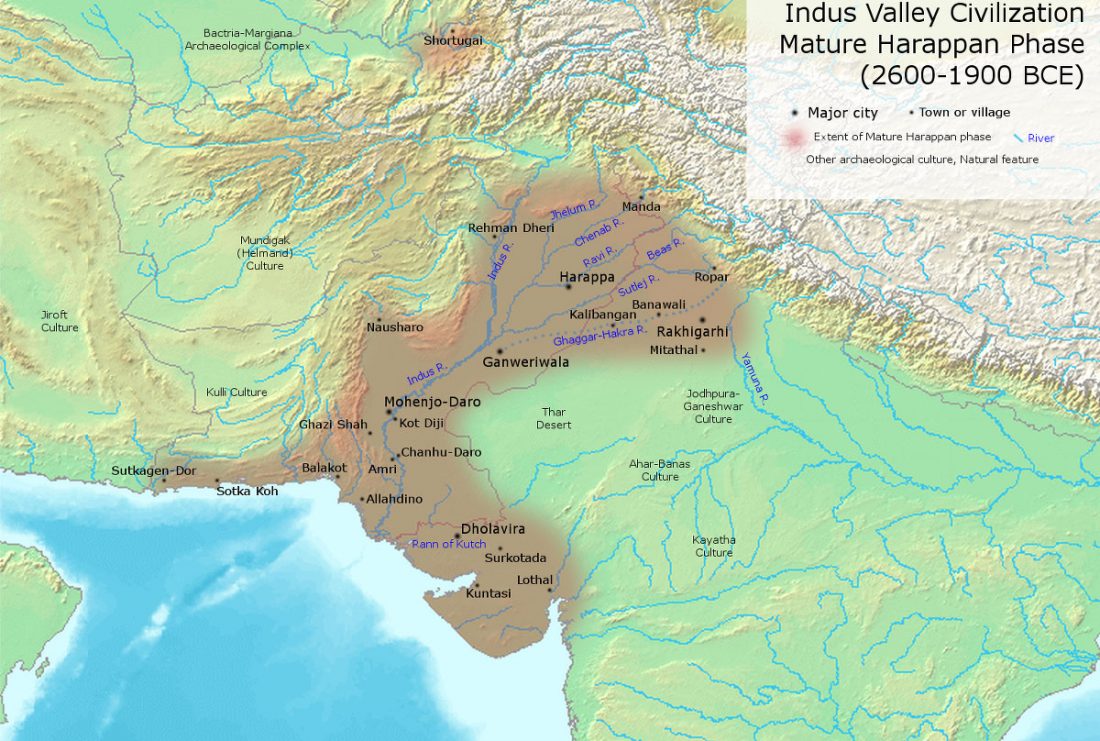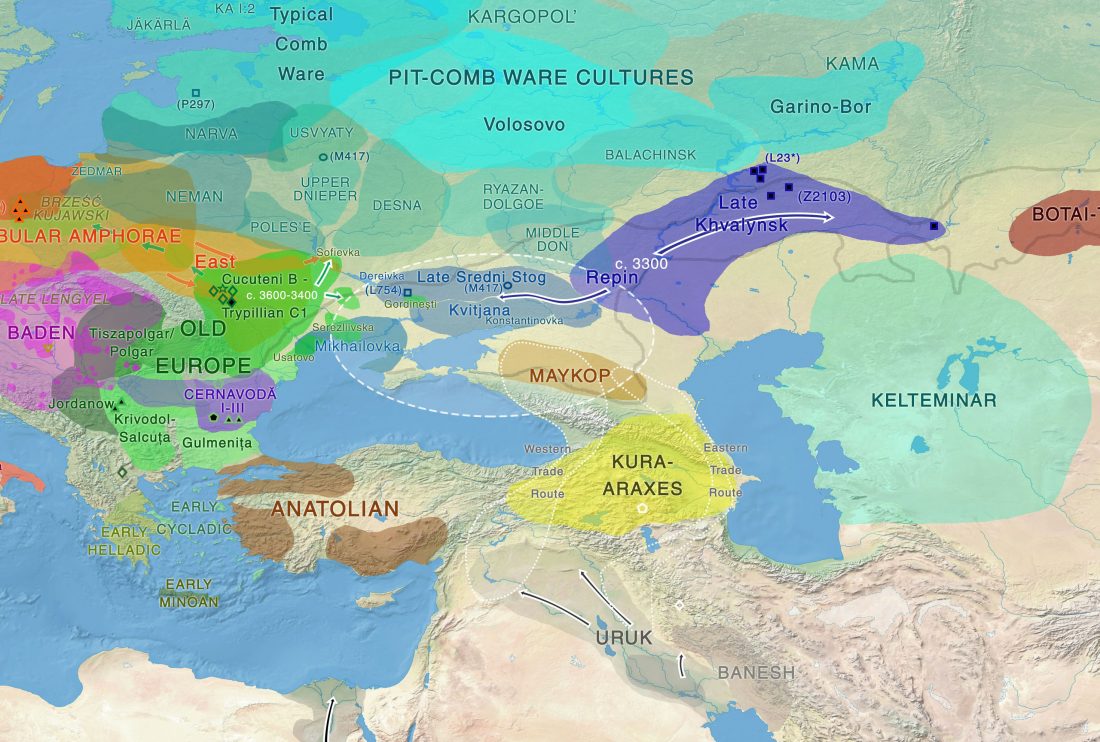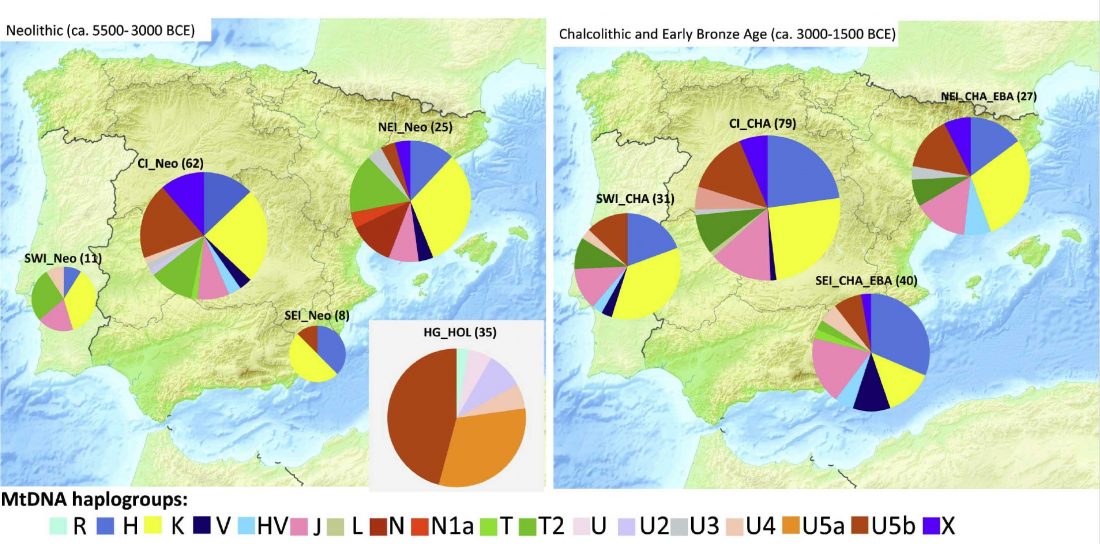New preprint at BioRxiv, Mitogenomic data indicate admixture components of Asian Hun and Srubnaya origin in the Hungarian Conquerors, by Neparáczki et al. (2018), at BioRxiv.
Abstract (emphasis mine):
… Read the rest “Admixture of Srubna and Huns in Hungarian conquerors”It has been widely accepted that the Finno-Ugric Hungarian language, originated from proto Uralic people, was brought into the Carpathian Basin by the Hungarian Conquerors. From the middle of the 19th century this view prevailed against the deep-rooted Hungarian Hun tradition, maintained in folk memory as well as in Hungarian and foreign written medieval sources, which claimed that Hungarians were kinsfolk of the Huns. In order to shed light on
